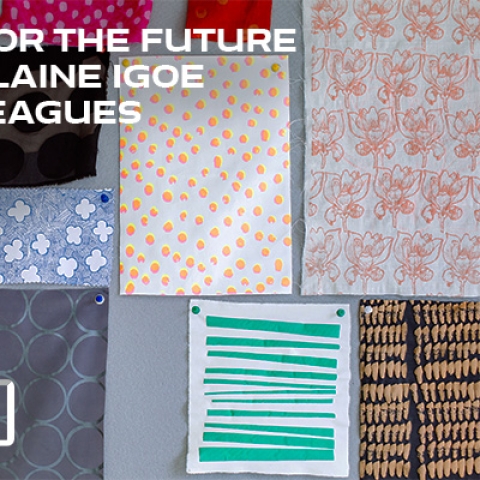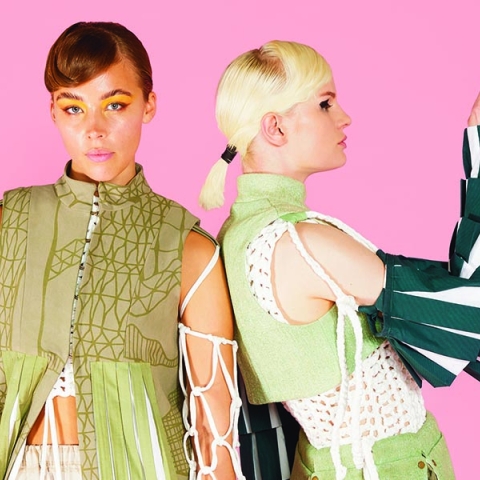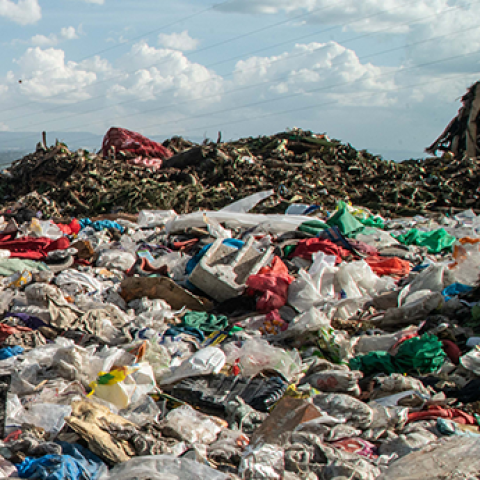
Sidebar navigation
- A generation marked
- A life-saving solution in the palm of your hand
- A new way of understanding the Universe
- A question of science
- Airborne microplastics can be found even in the worlds most remote places
- Algorithms for wind
- Amateur sleuths muscle up the science of discovery
- Are we close to the greatest discovery since penicillin
- Better Public services
- Brexit: Why EU Investment Doesnt Mean A Vote for the EU
- Britains burning question
- Building intelligence into systems allows them to make the right decision
- Call of the Wild
- Can research ethics survive a pandemic
- Children in limbo
- Complementary methods of astronomy help to discover patterns in the Universe
- Computing helps children make sense of the world and helps clinicians save lives
- Control systems are integrating renewable energy with the power grid
- Crime fighters go wild
- Diversity straining on its leash
- Dont stop moving
- Driving us closer to greener transport
- Ecology - a brand new economy
- Float to live
- From rags to environmental riches
- Fukushima
- Gravestones helping preservation
- Growing solutions for greener manufacturing
- Help smokers kick the habit
- How virtual reality could help cut crime
- Independence and violence
- Life saving NEWS
- Messages from time
- Microplastics in our homes
- Model of Light
- New Facial Palsy treatment
- New field of astrophysics is answering questions about the origins of the Universe
- New memory techniques
- New tactic in the battle against breast cancer
- Past mapped for the present
- Space technology helping earthlings to survive
- Taking a closer look at an often misunderstood material
- The Timeline Technique
- The buck stops on a shop shelf near you
- The devils in the details of the deep blue sea
- The world is our oyster
- There is something in the water
- Plumbing new depths of sustainable behaviour
- Quantum physics is powering the new tech revolution
- Revealing the secrets of the start of the Universe
- Shop til you drop
- Showing how a low carbon economy can flourish
- Transparency in global food production
- Understanding people to design better prosthetic hands and arms
- Using maths to help tackle climate change
- Virtual Reality pain management
- What does social media mean for our politics
- Why Game Theory could be the key

Sustainable fashion and textiles
Dr Elaine Igoe explains how we’re making fashion more sustainable through our teaching, design and research
Unseen behind the catwalk lights is a voracious consumer of natural resources. Our Fashion and Textile Design team are hoping to give fashion a makeover that shrinks its appetite.
Textile dyeing is the second-largest water polluter in the world and one pair of jeans takes 2,000 gallons (9,000 litres) of water to produce. It's statistics like these that have researchers urging an industry that spends a lot of time looking into mirrors to take a closer look at itself.
“The fashion industry needs to change” says Dr Elaine Igoe, Senior Lecturer in Fashion and Textile Design. “It can’t continue operating the way it does.”
In fact, the fashion industry is calculated to generate 10% of carbon emissions globally, and 20% of wastewater. This means, in pre-COVID-19 terms, that fashion was responsible for more annual greenhouse emissions than all flights and shipping combined.
- Global clothing production has doubled since 2000
- 85% of textiles end up in the waste system each year
- The equivalent of one garbage truck full of clothes is burned or dumped in a landfill every second
- Washing clothes releases 500,000 tonnes of microfibres into the ocean – equal to 50 billion plastic bottles – each year
Source: McKinsey & Company
Label of change
Entering the field to confront this challenge is our fashion research project, PO1.
Named from the Portsmouth postcode district, PO1 plans to encompass a place-based social enterprise that feeds into the University’s Fashion and Textile Design courses. Its aim is to encourage local organisations, students and the community to consider how waste materials can be reused or repurposed – given extended life and value.
“We’re working with local organisations, looking at their waste issues and thinking about how we could use some of that waste and create Portsmouth-designed, Portsmouth-made clothing from this material,” Dr Igoe says.
The concept of PO1 arose after the Royal Navy and Royal Marines Charity (RNRMC) approached the University asking for ways to reduce waste by creating products made from waste material, which could be sold to raise money.
Fashion designers – and shoppers – need to move away from the throwaway fast fashion mindset. The goal should be to create items that consumers will cherish for a long time, pieces they’ll be motivated to mend and maintain rather than wear a few times and then throw away.
Dr Elaine Igoe, Senior Lecturer in Fashion and Textile Design
Student led sustainable design
A former student of Dr Igoe’s, Katherine-Jayne Watts, played a key role. In 2019, Ms Watts won Graduate Fashion Week’s Sports and Leisurewear Award for a collection made from repurposed materials connected to the sea, including lifejackets and sails. After graduating, she returned to work with Dr Igoe on the charity’s challenge.
Ms Watts was intrigued by the design potential of the used life rafts that were going to waste. She was able to deconstruct one raft to create a range of five different trend-led bags, which will be manufactured professionally and sold to support the Portsmouth-based charity.
Dr Igoe says projects such as PO1 help nurture thoughtful, ecologically minded designers of the future. She and her colleagues ask every one of their students to consider where their materials are sourced and urge them to choose the most ethical suppliers they can, even when prototyping.
Fashion designers – and shoppers – need to move away from the throwaway fast fashion mindset, says Dr Igoe. The goal should be to create items that consumers will cherish for a long time, pieces they’ll be motivated to mend and maintain rather than wear a few times and then throw away.
The signs are green
There are “green shoots of hope”, Dr Igoe notes, with some businesses starting to allow customers to return clothes they no longer want to be mended, re-sold or recycled. Some clothing manufacturers are also innovating with biomaterials that are produced in more energy-efficient ways than traditional textiles.
As well as tackling modern fashion’s disposability mindset, the PO1 project will work with community groups and organisations, helping to embed and develop practical skills – from deconstruction to design and mending – that support both sustainability and employment.
“Art and design practice has a way of communicating and having impact that can be quite immediate because it’s direct and visual,” Dr Igoe says. “Creative, practice-based research has a really important part to play in social engagement and impact.”
Dr Igoe is keen to collaborate with colleagues in other research fields, such as science and business, to explore ways of reducing fashion’s environmental impact.
As well as tackling modern fashion’s disposability mindset, the PO1 project will work with community groups and organisations, helping to embed and develop practical skills – from deconstruction to design and mending – that support both sustainability and employment.
Dr Elaine Igoe, Senior Lecturer in Fashion and Textile Design
One example is considering fashion’s plastic footprint and how the use of polyester and plastic-based fibre contributes to the epidemic of microplastics in the world’s oceans. Tiny fibres are shed from clothes when they are washed and are too small to be filtered when wastewater is processed. Many of these microfibres end up being digested by fish and other sea life.
Solving the microplastics problem will be far from easy, but exploring ways to tackle it at the source has become a crucial thread in weaving a new approach to how we make and choose what we wear.
Find out more
Hear more in our podcast about the future of fashion, discover our Revolution Plastics initiative and explore our undergraduate degree in fashion and textiles.
Episode 10: Fashion for the future
13 April 2021
24 min listen

Fashion Design BA (Hons)
Develop your creative ideas and shape fashion's present and future on our Fashion Design degree course. Deliver authentic, imaginative work that pushes the boundaries of what fashion design means now and in the future.
Foundation year option available
Start date: September 2025

Revolution Plastics Institute
From combatting microplastics to analysing plastic policies around the globe, we’re putting our research into practice, working with local groups, organisations, businesses and individuals to solve the planet's plastic problem.

